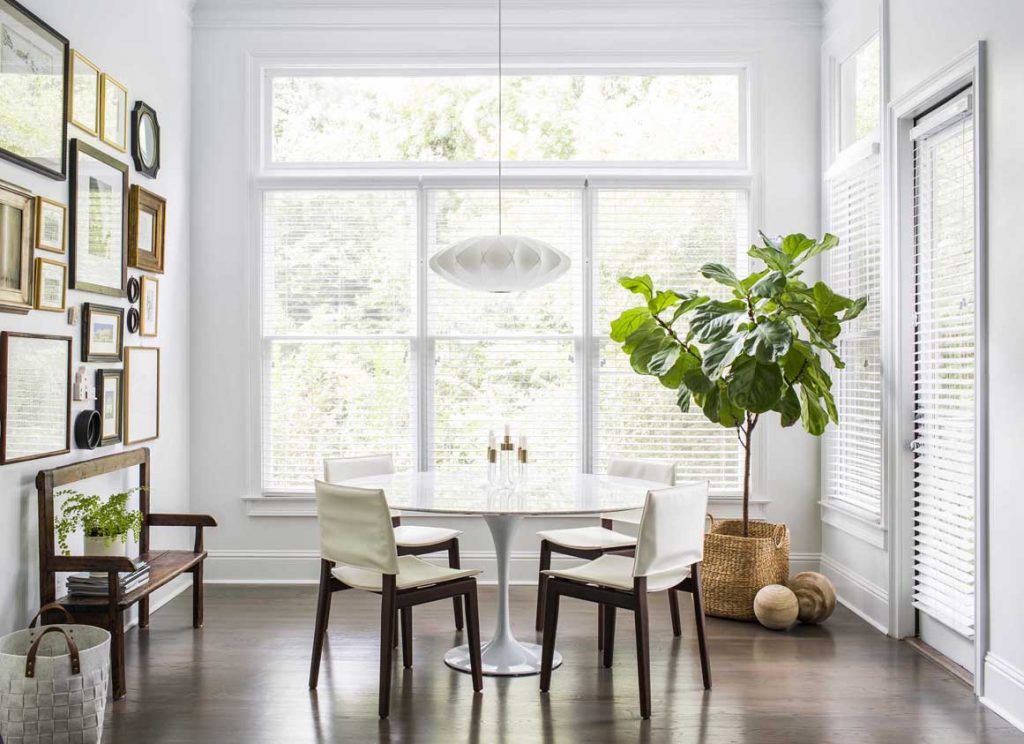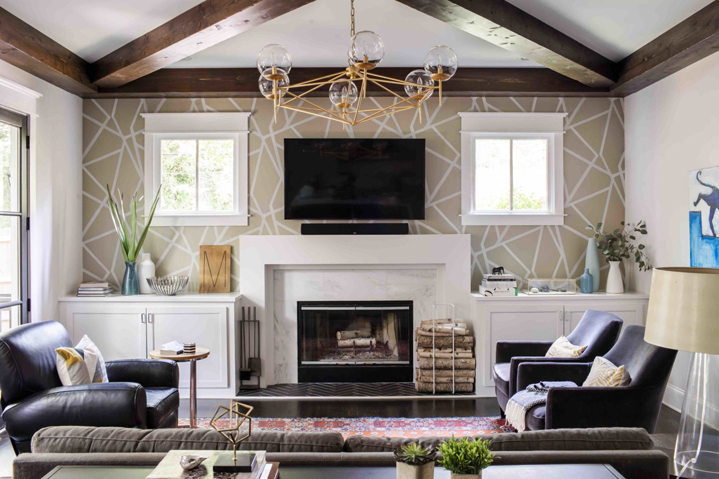In simplest terms, home automation revolves around your ability to wirelessly control your home via remote control, a control panel, or even an app on your cellphone. Controllable features include heating and cooling systems, appliances, electrical outlets, lighting, and security, such as door locks and cameras, which influence the design of your home.
When designing the way a home’s interior will look and function, professional designers also consider aesthetics and may consider home automation as a way to get rid of extra electronic devices and wall clutter, such as light switches.
Although still in the early stages of its evolution, home automation enables the interior designer to show off their designing capabilities by providing an edge over old standards. Home automation provides comfort, convenience, aesthetics, and security and can be applied to the whole home and areas like the living room, media room, home theater, kitchen, and patio can all benefit from the features that home automation offers.
Let There Be (Automated) Light

One way that home automation can influence home design is through lighting. In a standard home, the light is controlled with switches, which on occasion may have dimmers. Automated lighting expands on this concept and provides homeowners with more variety and control over their lighting. For instance, the lighting can be placed strategically throughout the home to highlight certain areas and even artwork. The user is then able to remotely adjust light settings, such as color, brightness, and positioning. Programmable features like these can help change the mood and feel of the house.
Additionally, when designing a home, the flow of the walls will no longer be interrupted by unsightly light switches. As a result, automated lighting is one of the best ways an interior designer can use to elevate your home’s look.

Automated Blinds
A simple, yet effective way home automation can bring functionality to a home’s design is through the mechanization of window coverings. In contrast to standard window blinds, automated shades have a luxurious look as designers are able to select from many features, styles, patterns, and materials. Automated blinds also add functionality to the home, as they can also be controlled remotely.

Media
Home automation can also affect your entertainment experience. Thin flat-screen TVs can be hidden from view by a remotely activated mechanism that stores your television in the ceiling, a wall, or cabinet. As media technology becomes increasingly consolidated, it is simple to control sound and video settings from a remote control and avoid having to physically walk up to your devices. As a result, designers have freedom to move your electronics around to more appropriate locations. Additionally, concealed media means that cables are out of sight and the environment can remain clutter-free.
When audio and video technology is hidden in your home, designers have to consider how the new layout will look and will consider, for instance, how furniture should be arranged in media rooms and how the acoustics can be optimized in relation to the furniture and other sound-absorbing decorations, such as carpets, and drapes.
If you are interested in automating your home in order to add creativity and functionality to your living space, the specialists at Sinclair would be happy to get you started! Thanks to Sinclair for contributing!






















